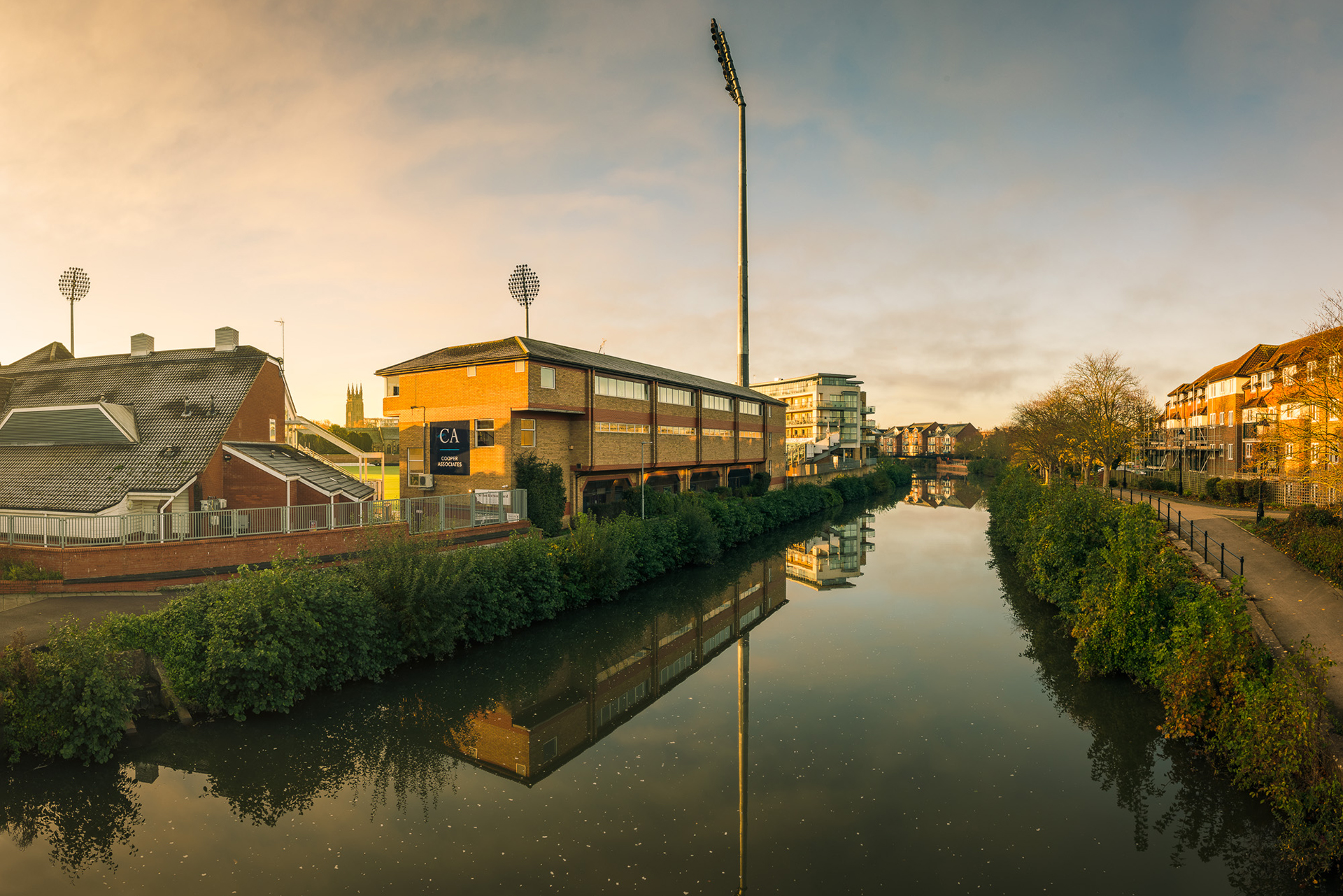

Drains and Sewers
When purchasing a property, it is recommended that you take out a drainage and water search and also ask your solicitor to clarify ownership and responsibility of the drains and sewers serving the property. Water authorities have rights of access to public sewers to maintain the same and so consent will be required if you wish to build over a drain or sewer. Alternatively, the property may be served by private services which the maintenance of the same is shared with neighbours.
Firstly, what is the difference between a drain and a sewer?
A drain is a pipe that drains water and waste from a building. A lateral drain is a length of pipe which carries wastewater away from your property to a sewer. It is usually located outside of your property boundary under a public road or pavement. A lateral drain could run under your property if you share a sewer with your neighbour.
A sewer on the other hand, collects water and waste from the drains of a number of buildings. Most sewers are publicly owned and are maintained by your water company. However, there are still some privately owned sewers.
Some people aren’t connected into a sewer however but instead connect to a cesspool or septic tank or treatment plant. If you aren’t connected to a sewer, you will not have to pay sewerage charges to a sewerage company. Private drainage will be covered in our next blog!
When you purchase a property, it is recommended that you take out a drainage and water search (as set out above) which will give you a lot of information about the drains and sewers that connect into your property and run underneath/nearby.
Who should maintain the drains and sewers?
Generally speaking, you are responsible for repairing drains inside the boundaries of your property (as these are private drains), while the sewerage company is responsible for lateral drains which are usually outside of the boundaries and the sewers and your water company will maintain these. You will have to pay for the maintenance of any private drains or you can take out insurance to pay for any such works.
Most sewers are publicly owned and as such, maintained by local water companies now although there are still some private or unadopted sewers. If your property is served by private services, you must maintain the same at your own cost. If the sewer serves a number of properties, all owners are jointly responsible for the costs of maintenance.
If you have a private sewer or unadopted sewer, you are responsible for the costs of maintaining it and the local authority can order you to repair or unblock it if it is not properly maintained. If you do not do the work in a specified time period, the local authority can carry out the work and charge you for it.
It is possible to ask your water or sewerage company to take
over or adopt a private sewer or drain if it has been constructed or improved
to the standards required by the company and is in reasonable condition. The
company then needs to be satisfied that adopting the sewer will benefit the
sewerage system as a whole and everyone responsible for maintaining the lateral
drain or sewer must agree to the adoption.
Can I build over the drain or sewer?
Say for example, you have a drain running through your garden but you would like to build an extension. What can you do? If you are planning to build within three metres of a public sewer or over it, you must submit a build over application to the local water authority for build over consent. The water authority would then come to a legal agreement in relation to the proposed works.
Why is this necessary?
·
To prevent damage to the sewer which could in
turn damage your property and neighbouring property
·
Sewerage companies need constant access to the
network and so they need to be aware of any plans to build near/over sewers.
· In order to get works signed off, the building control surveyor may request to see the build over agreement.
What if I/ my predecessor did not get consent to build over the sewer?
If you do not have a build over agreement and you build on top of or within 3 metres of the sewer, the water authority has the power to remove any structures that block access to the public sewer and are not liable for any damage caused. Alternatively, you may end up having to alter the development which can be costly.
If you are selling your property and didn’t obtain consent or you are buying and there is no evidence of consent having been obtained by the seller, an indemnity policy for lack of build over consent could be taken out which could cover you against any costs you have to incur in relation to not having a build over agreement. However, the policy will only cover for pre-existing buildings, not new ones and will only be available if the seller has not notified third parties about the lack of consent. Another option for the seller to obtain retrospective consent but this can be time consuming and is not always granted.
The best thing to do therefore is take out a water and
drainage search when you are purchasing a property and if you want to build an
extension, check the location of the drains and sewers to see if consent is
required!